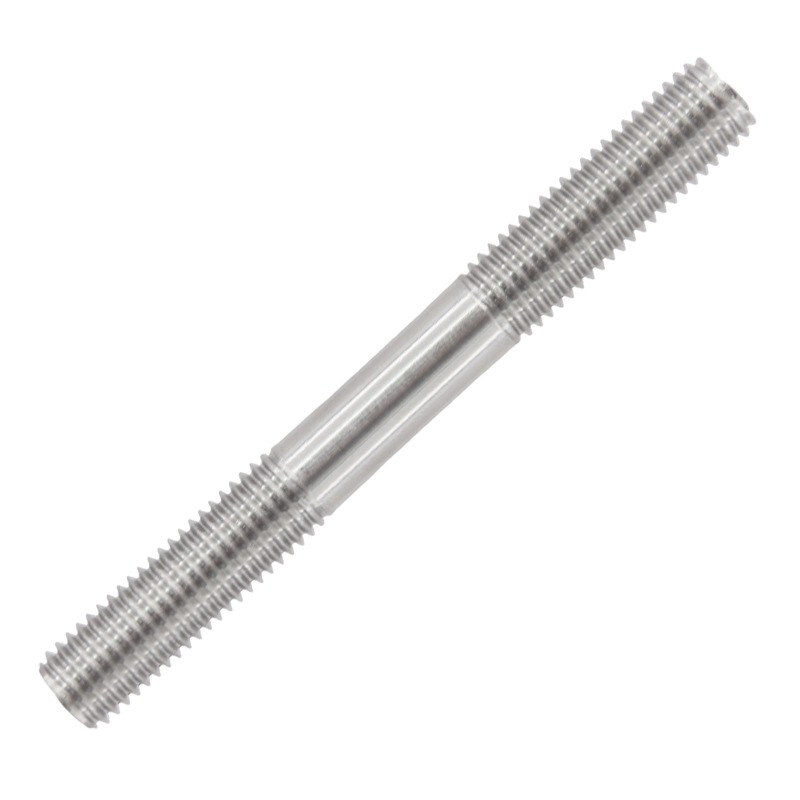

slotted strut
Nov . 15, 2024 01:55 Back to list
slotted strut
Understanding the Slotted Strut A Key Component in Modern Engineering
In modern engineering applications, the slotted strut has gained attention for its versatility and efficacy in various structural and mechanical contexts. As an innovative design element, the slotted strut can be described as a structural member featuring elongated slots along its length. These slots are strategically placed to accommodate a range of fittings and connections, allowing for adaptable and flexible assembly of components. The significance of slotted struts spans numerous industries, including construction, aerospace, automotive, and robotics.
Concept and Design
The fundamental concept of a slotted strut revolves around its ability to provide a reliable connection between different structural components while allowing for adjustments in positioning. Traditional struts are typically solid members that have fixed dimensions and connections. In contrast, slotted struts incorporate a series of elongated slots which facilitate the attachment of brackets, bolts, and other connectors at varying points along the strut's length. This adjustable nature makes slotted struts particularly valuable in environments where precision and customization are paramount.
The slots in a slotted strut are usually designed to accommodate standard fastening methods, such as bolts or pins, enabling quick assembly and disassembly without the need for specialized tools. Additionally, the design can enhance load distribution, reducing stress concentrations and improving overall structural integrity. Various materials, including aluminum, steel, and composite materials, can be used to manufacture slotted struts, ensuring that they can meet specific strength and weight requirements depending on the application.
Applications in Engineering
The unique features of slotted struts make them suitable for a myriad of applications. In the construction industry, they are often utilized in the assembly of scaffolding systems, temporary structures, and support frameworks. The adjustable nature of slotted struts allows construction teams to create structures that can be easily modified or expanded as project requirements evolve. This adaptability not only saves time and resources but also enhances safety by providing stable support during construction.
slotted strut

In aerospace engineering, slotted struts play a critical role in the design of aircraft fuselages and wing supports. The ability to fine-tune the placement of structural reinforcements is essential for maintaining aerodynamics and overall integrity during flight. Slotted struts facilitate the integration of various systems, such as fuel lines, electrical conduits, and control mechanisms, all while ensuring that the weight distribution remains optimal for performance.
Automotive applications also leverage the benefits of slotted struts. In vehicle assembly, slotted struts can be used in the framework of chassis systems, where adjustments to mounting points can accommodate different body designs or modifications. This versatility is particularly advantageous in the racing industry, where rapid adjustments to a vehicle's setup can mean the difference between winning and losing a race.
Moreover, in robotics, slotted struts provide the necessary flexibility to create custom frames for robots and automated systems. The ability to alter the configuration of the structure allows for the development of robots tailored to specific tasks, whether it be for assembly line work, material handling, or intricate surgical procedures.
Future Innovations
As technology evolves, the potential for slotted struts to transform engineering practices continues to expand. Advances in manufacturing, such as 3D printing techniques, may lead to the production of more intricate and lightweight slotted strut designs. Additionally, the integration of smart materials or sensors within slotted struts could pave the way for structures that adapt in real-time to changing loads or environmental conditions.
In conclusion, the slotted strut represents a significant advancement in structural engineering, embodying the principles of flexibility, adaptability, and efficiency. Its applications across various sectors underscore its importance in modern designs, providing engineers with the tools to create safer, more effective, and innovative structures. As research and technology progress, the potential for slotted struts to enhance engineering solutions will undoubtedly continue to grow, solidifying their place in the future of engineering.
Latest news
-
Premium Fasteners Manufacturer | AI-Driven Solutions
NewsAug.01,2025
-
Hot Dip Galvanized Bolts - Hebei Longze | High Strength, Corrosion Resistance
NewsAug.01,2025
-
High-Strength Hot Dip Galvanized Bolts - LongZe | Corrosion Resistance, Custom Sizes
NewsAug.01,2025
-
Best Self Tapping Screws for Drywall - Fast & Secure Installation
NewsJul.31,2025
-
High-Strength Hot Dip Galvanized Bolts-Hebei Longze|Corrosion Resistance&Customization
NewsJul.31,2025
-
Hot Dip Galvanized Bolts-Hebei Longze Metal Products|Corrosion Resistance&High Strength
NewsJul.31,2025

